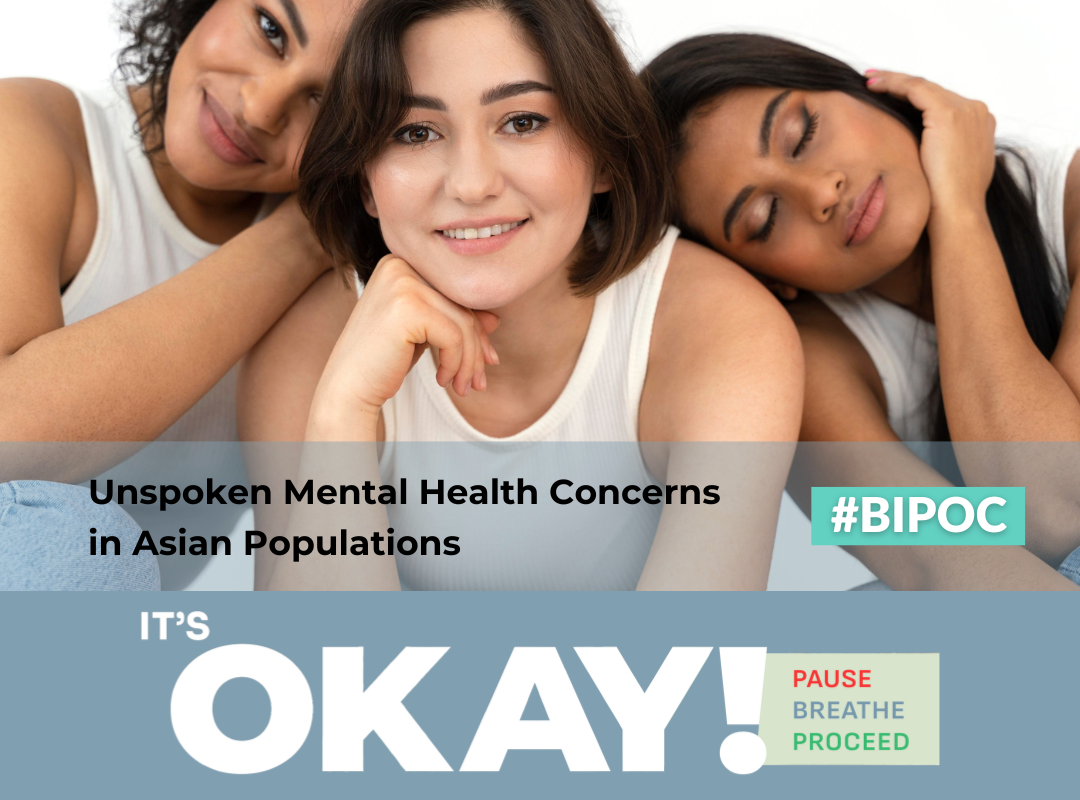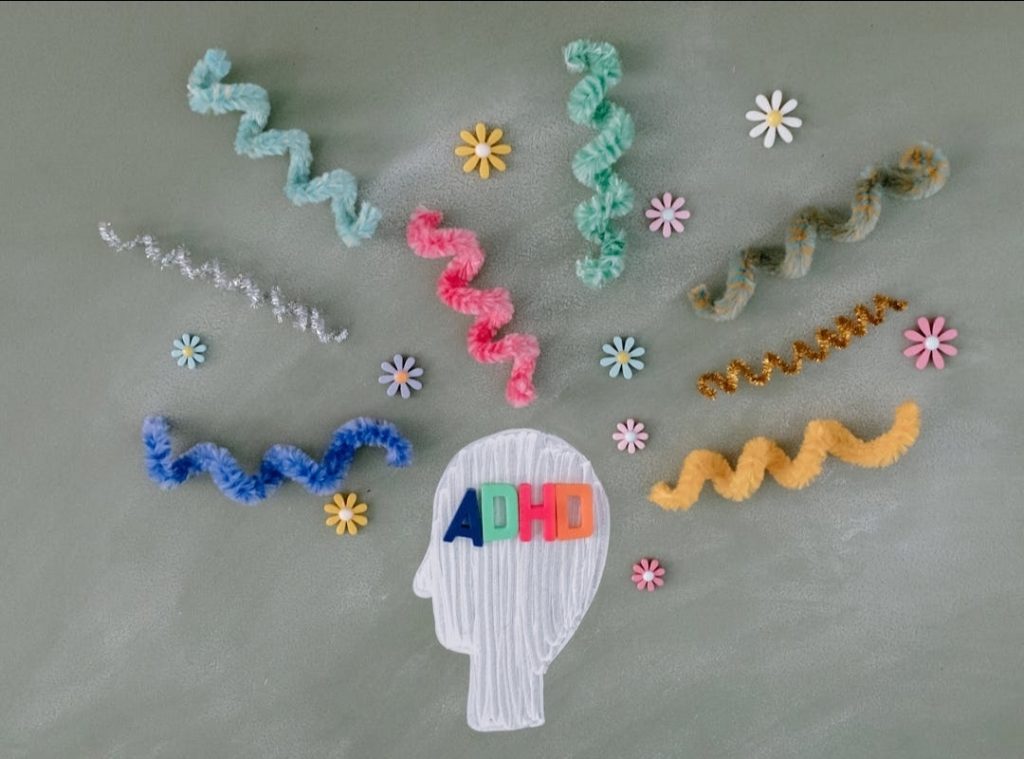It is well known, as reported by the Centers for Disease Control and Prevention (CDC), that mental health issues are common in the United States, with more than one in five American adults living with a mental health illness. Specifically for the Asian population, according to the National Survey on Drug Use and Health in 2021, 16% of Asians reported any mental illness compared to 24% of their white adult counterparts. While the percentage is lower, it is underrepresented because of underdiagnosis and treatment.
Underrepresented communities are the focus of It’s OKAY! Pause, Breathe, Proceed – BIPOC, streaming on Monday, July 31st at 4 pm PT/ 6 pm CT/ 7 pm ET. Experts in mental wellness bring to light issues seen in Asian as well as other communities, helping to break down stigmas. ASL interpretation will be provided. You can register for this free event here.
Recognizing a culture’s values and beliefs is essential because they can shape how individuals of those cultures think and act. Eastern cultures emphasize the family unit, hierarchy within the family unit, and ideas of collectivism. This strict hierarchy often leaves children and parents unable to confide in each other and discourages outward gestures of love with hugs and kisses. Children of immigrants often joke about parents bringing them cut fruit as a symbol of their love instead of the foreign words “I love you” and other public gestures. This gesture is a whole different topic that can be unpacked. I will leave it for next time.
Additionally, there is an idea that every family member represents that family, and in a sense, everyone needs to preserve public appearance. Within this public appearance lies academic and societal successes and mental health. These ideas and values instilled in young Asian Americans may discourage them from speaking about their mental well-being to protect their family’s reputation.
In general, mental health is not something well known to the Asians of older generations. Illnesses such as “depression” were not seen as legitimate by the older generations that grew up in a challenging and less advanced time. Actions such as visiting a psychologist or seeking help through therapy were something that “crazy” people did. This stigma and shame around mental illness continue to create a barrier to seeking help.
While there are other reasons for this underdiagnosis, the last one I will mention is the well-known “model minority” stereotype used to describe Asians in America. This stereotype creates an illusion that Asian Americans do not have issues, creating a barrier to reaching out for help amongst Asian individuals. In addition, Asian Americans will often feel pressure to “not fail,” which can, in turn, put more strain on their well-being, leading to an increase in untreated mental illnesses.
While there is still stigma present when it comes to mental health in the Asian American community, I do believe that there is change happening that will hopefully allow more individuals to seek care. It is exciting to see Her Nexx Chapter’s It’s OKAY! Pause, Breathe, Proceed – BIPOC program that will provide people of color with resources, knowledge, and a community with whom to face mental health challenges.
The Future of Connection for Women








0 Comments